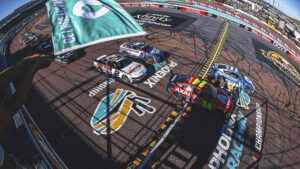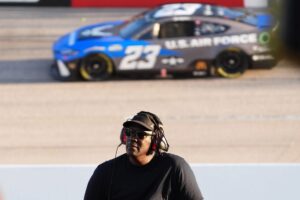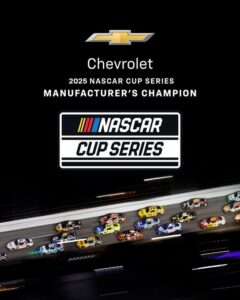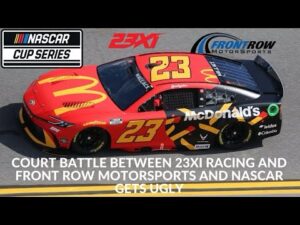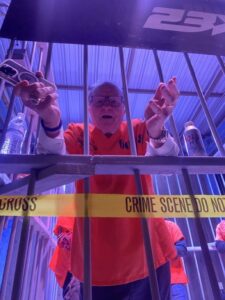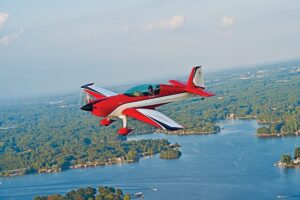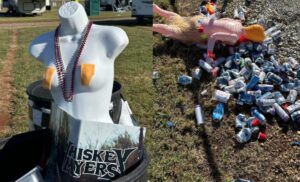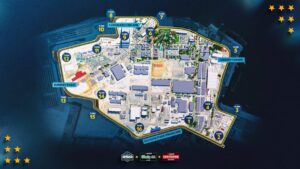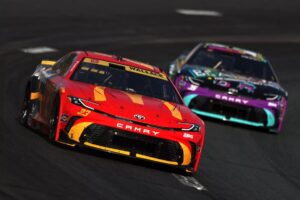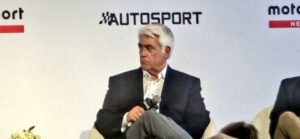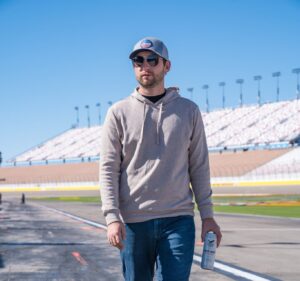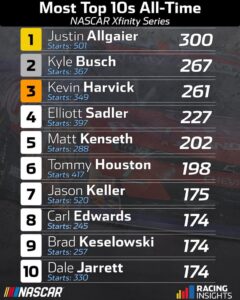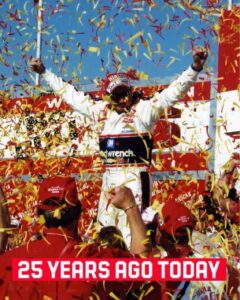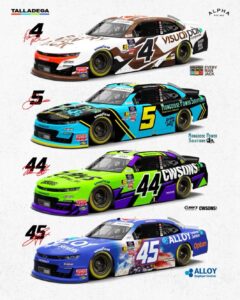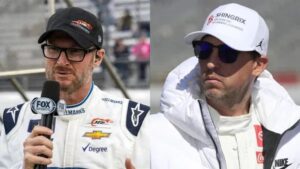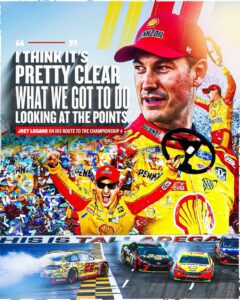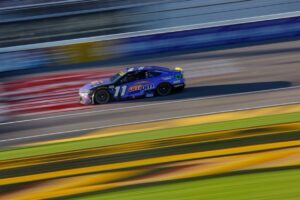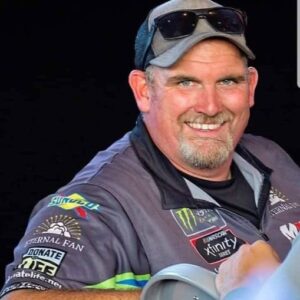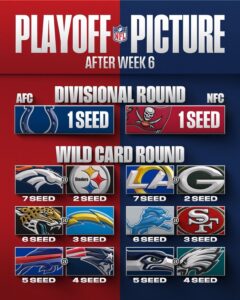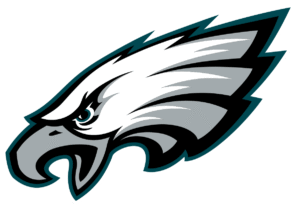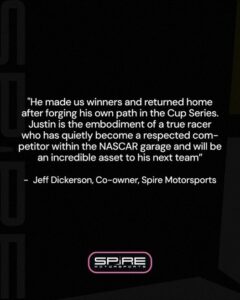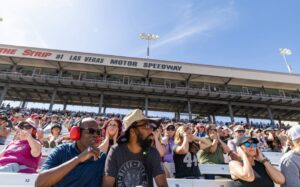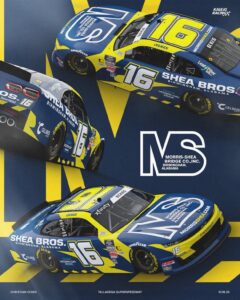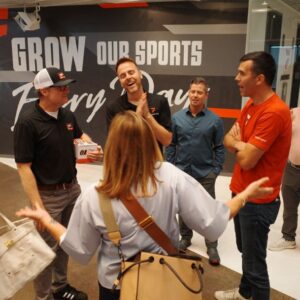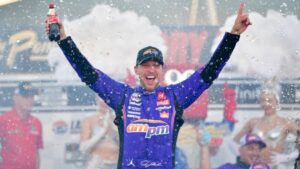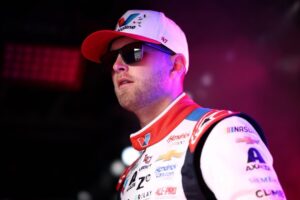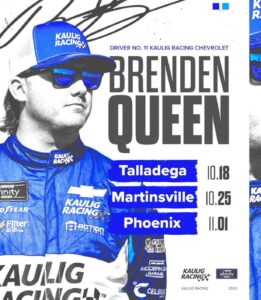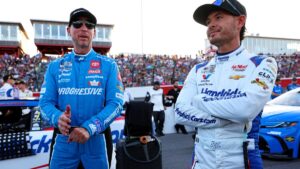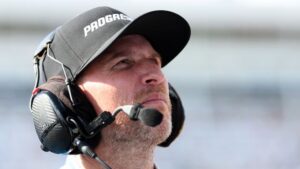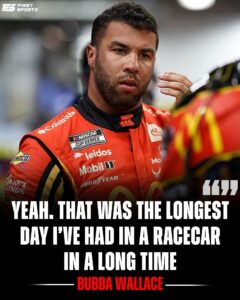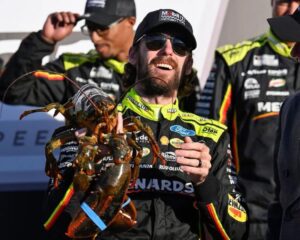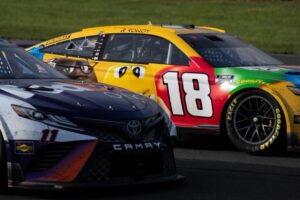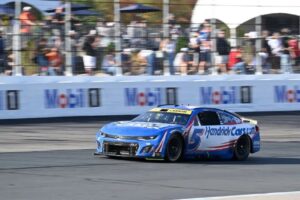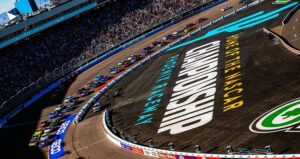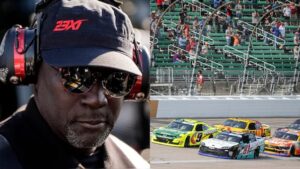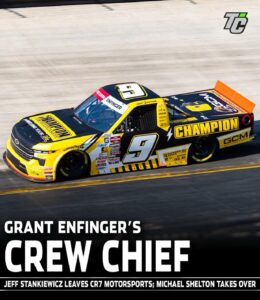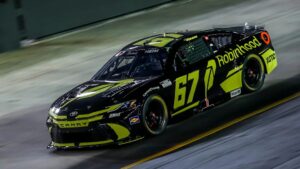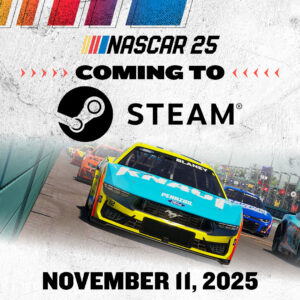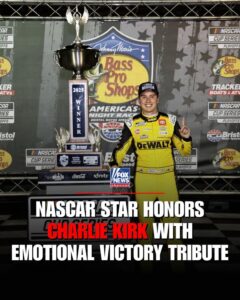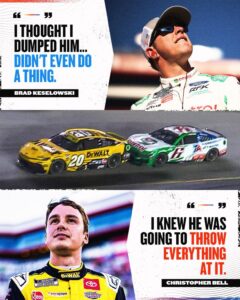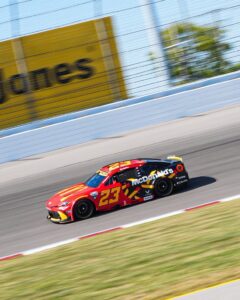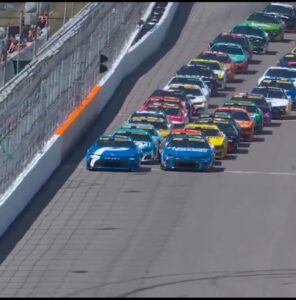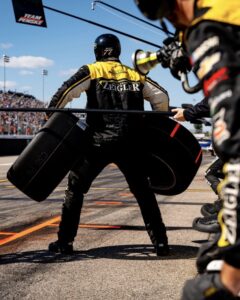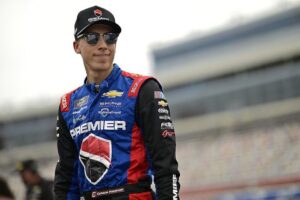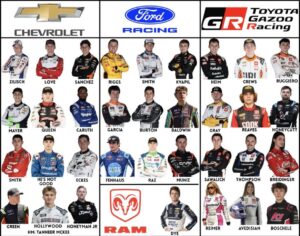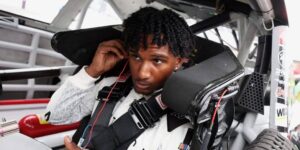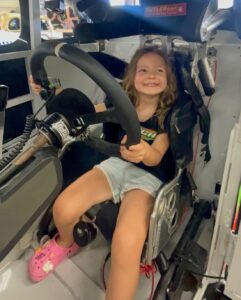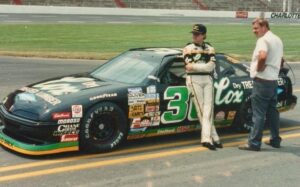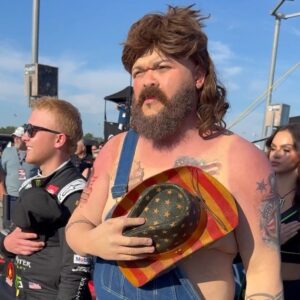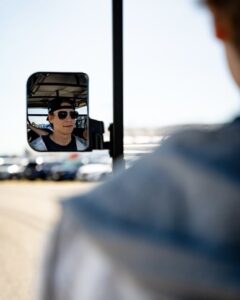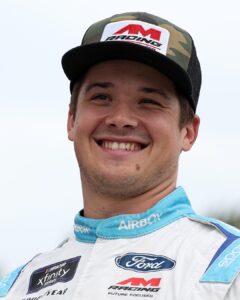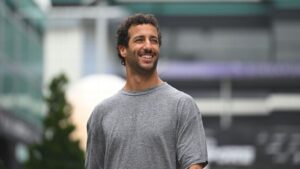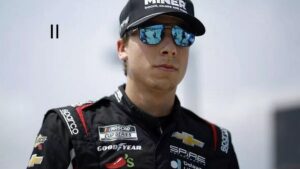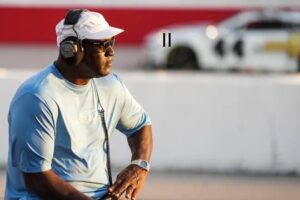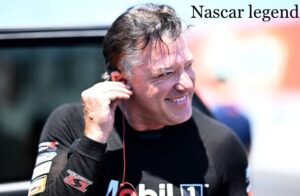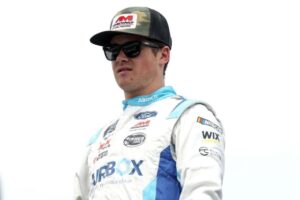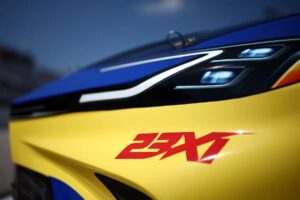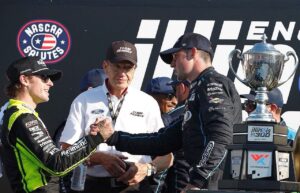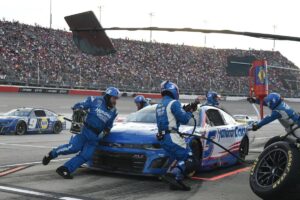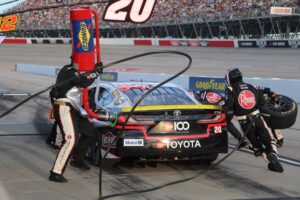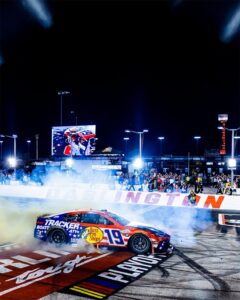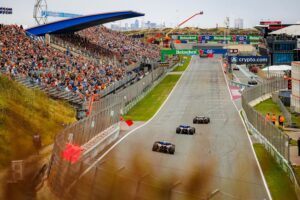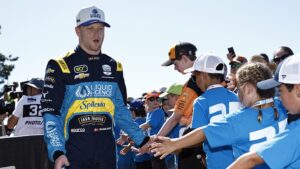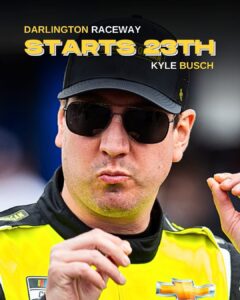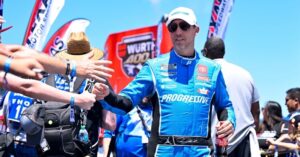For many NASCAR drivers, the cars they race become symbols of triumph and determination. For Ryan Newman, the car he crashed in the 2020 Daytona 500 holds an even deeper significance. Despite the harrowing accident that left fans across the world fearing for his life, Newman has chosen to keep the mangled car—a powerful reminder of the things he loves and the safety innovations that saved his life.
The Crash That Stunned NASCAR
The 2020 Daytona 500 will forever be remembered for its dramatic and terrifying conclusion. On the final lap of the “Great American Race,” Newman was leading the field when his No. 6 Ford was clipped from behind, sending it spinning into the wall before flipping and being struck mid-air by another car. The violent crash left the racing world holding its breath as Newman was rushed to the hospital.
Miraculously, just 48 hours later, Newman walked out of the hospital hand-in-hand with his daughters, a testament to his resilience and the advancements in NASCAR safety technology.
A Powerful Keepsake
Instead of discarding the wrecked car, Newman decided to preserve it as a personal and emotional artifact. “That car is a reminder of so many things,” Newman said in a recent interview. “It reminds me of how lucky I am to still be here, the people I love, and the incredible safety measures that protected me that day.”
The car, now a twisted and battered shell, represents a pivotal moment in Newman’s life—one where his passion for racing intersected with the fragility of life. For Newman, it’s more than just a wrecked race car; it’s a symbol of survival.
The Role of Safety Innovations
Newman’s survival in such a violent crash was made possible by years of advancements in NASCAR safety. Features like the reinforced roll cage, SAFER barriers, and the HANS device played crucial roles in minimizing the impact of the crash.
Newman has been vocal about the importance of continued safety improvements in the sport. “I’m grateful for every piece of technology that worked that day,” he said. “It’s proof that the work being done to protect drivers is saving lives.”
A Changed Perspective
While Newman returned to racing after the crash, the experience profoundly changed his outlook on life and the sport he loves. The car now serves as a tangible reminder of the importance of cherishing each moment, both on and off the track.
“It’s not just a car—it’s a piece of my story,” Newman said. “It reminds me of what really matters: family, passion, and the people who make this sport what it is.”
Preserving a Legacy
Newman’s decision to keep the car also serves as a testament to NASCAR’s evolution and the progress made to ensure driver safety. Fans and fellow drivers alike have applauded Newman for his resilience and for using his experience to advocate for further innovations in the sport.
For Ryan Newman, the battered car from the 2020 Daytona 500 is more than just a reminder of a close call—it’s a symbol of survival, love, and the relentless pursuit of making NASCAR safer for future generations.
